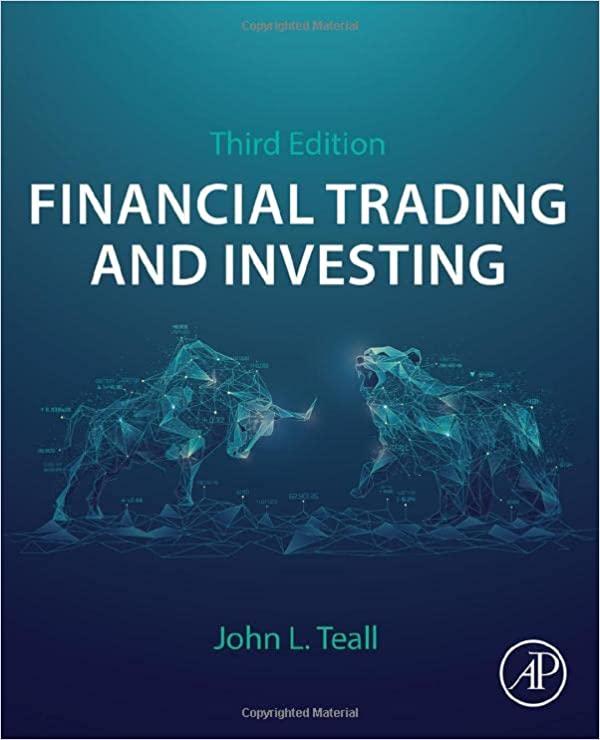What is Garmin's cost of capital as the summer of 2019 approaches?
Calculate the missing numbers in the first panel(Scenario 1) of Exhibit 2. This includes the levered betas, cost of equity, and cost of capital at each debt ratio. What are the takeaways?
Calculate the missing numbers in the second panel(Scenario 2) of Exhibit 2. This includes the levered betas, cost of equity, and cost of capital at each debt ratio. What are the takeaways?
Calculate the missing numbers in the third panel(Scenario 3) of Exhibit 2. This includes the levered betas, cost of equity, and cost of capital at each debt ratio. What are the takeaways? Given Scenario 3 what would you advise Gamin's CFO to do about the capital structure?
Can you provide variables not considered in the analysis that may be relevant? Can you adjust any of your calculations to account for these variables?



Exhibit 1 Balance Sheet and Income Statement (Thousands of \$) Exhibit 2 Approaching the summer of 2019, Garmin did not have any long-term debt in its capital structure. That situation concerned Douglas Boessen, Garmin's CFO, because of the opportunities available for low-cost financing in the debt market. Since the financial crisis of 2008, most central banks had been keeping interest rates at a very low level, a situation that many countries and companies took advantage of by issuing bonds at very convenient rates. Perhaps it was Garmin's turn to take advantage of that opportunity. Boessen thought he would consider, besides the current (unlevered) capital structure, five alternatives for the company, ranging between 13% and 75% of debt, with the rest consisting of equity financing. (See Exhibit 2.) He also thought he would consider three scenarios for the cost of debt, although he did not think that all of them were equally plausible. In the first scenario, Garmin's bonds would have a constant yield to maturity regardless of the company's leverage; in the other two scenarios, the cost of debt would increase with the company's leverage. At the time Boessen was considering this issue, the yield on 10-year U.S. Treasury notes stood at 2.3%; the market risk premium remained around its long-term historical estimate of 5%; Garmin's beta with respect to the S\&P 500 was 1.2; and the company faced the statutory corporate tax rate of 21%. Exhibit 1 Balance Sheet and Income Statement (Thousands of \$) Exhibit 2 Approaching the summer of 2019, Garmin did not have any long-term debt in its capital structure. That situation concerned Douglas Boessen, Garmin's CFO, because of the opportunities available for low-cost financing in the debt market. Since the financial crisis of 2008, most central banks had been keeping interest rates at a very low level, a situation that many countries and companies took advantage of by issuing bonds at very convenient rates. Perhaps it was Garmin's turn to take advantage of that opportunity. Boessen thought he would consider, besides the current (unlevered) capital structure, five alternatives for the company, ranging between 13% and 75% of debt, with the rest consisting of equity financing. (See Exhibit 2.) He also thought he would consider three scenarios for the cost of debt, although he did not think that all of them were equally plausible. In the first scenario, Garmin's bonds would have a constant yield to maturity regardless of the company's leverage; in the other two scenarios, the cost of debt would increase with the company's leverage. At the time Boessen was considering this issue, the yield on 10-year U.S. Treasury notes stood at 2.3%; the market risk premium remained around its long-term historical estimate of 5%; Garmin's beta with respect to the S\&P 500 was 1.2; and the company faced the statutory corporate tax rate of 21%









